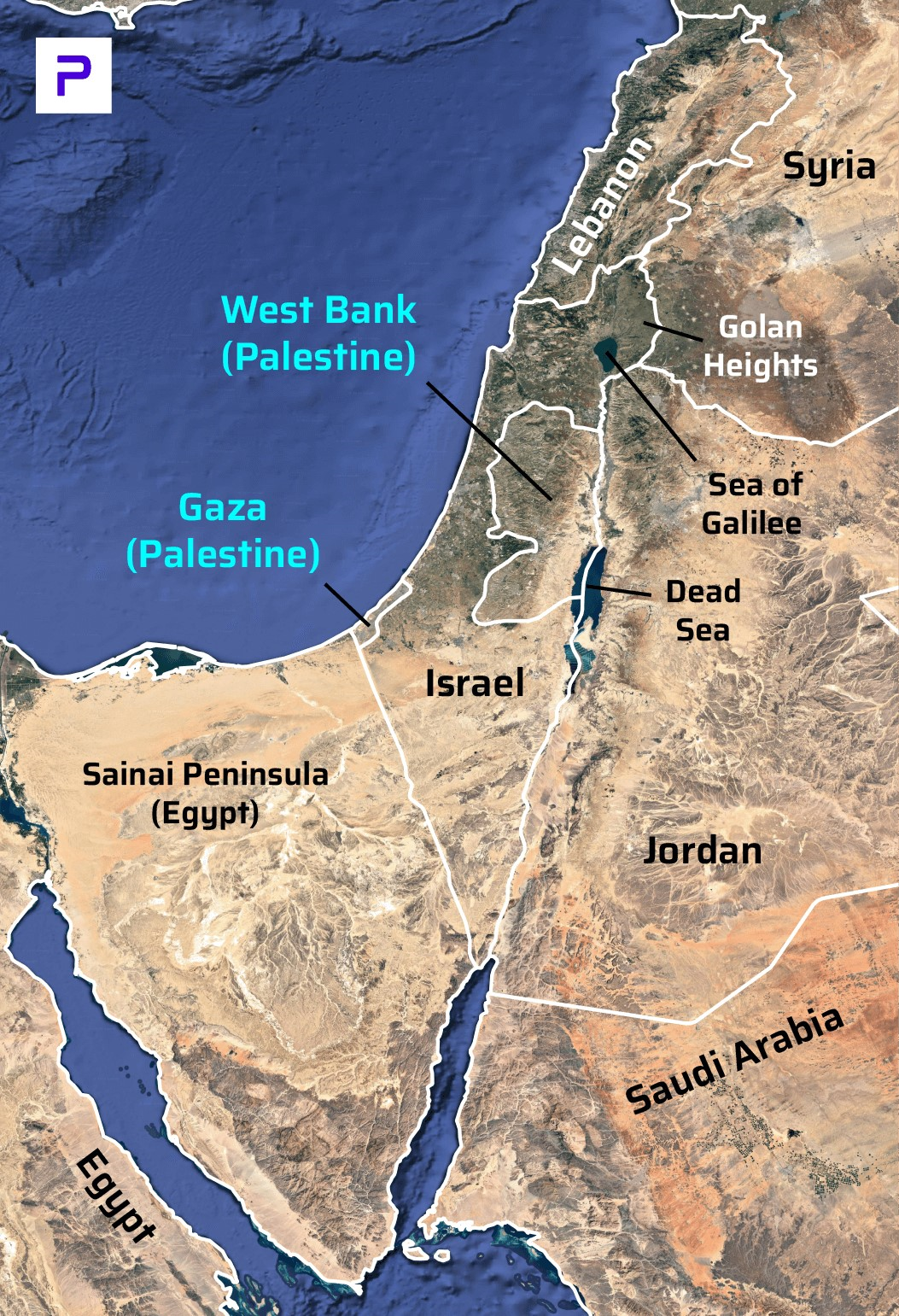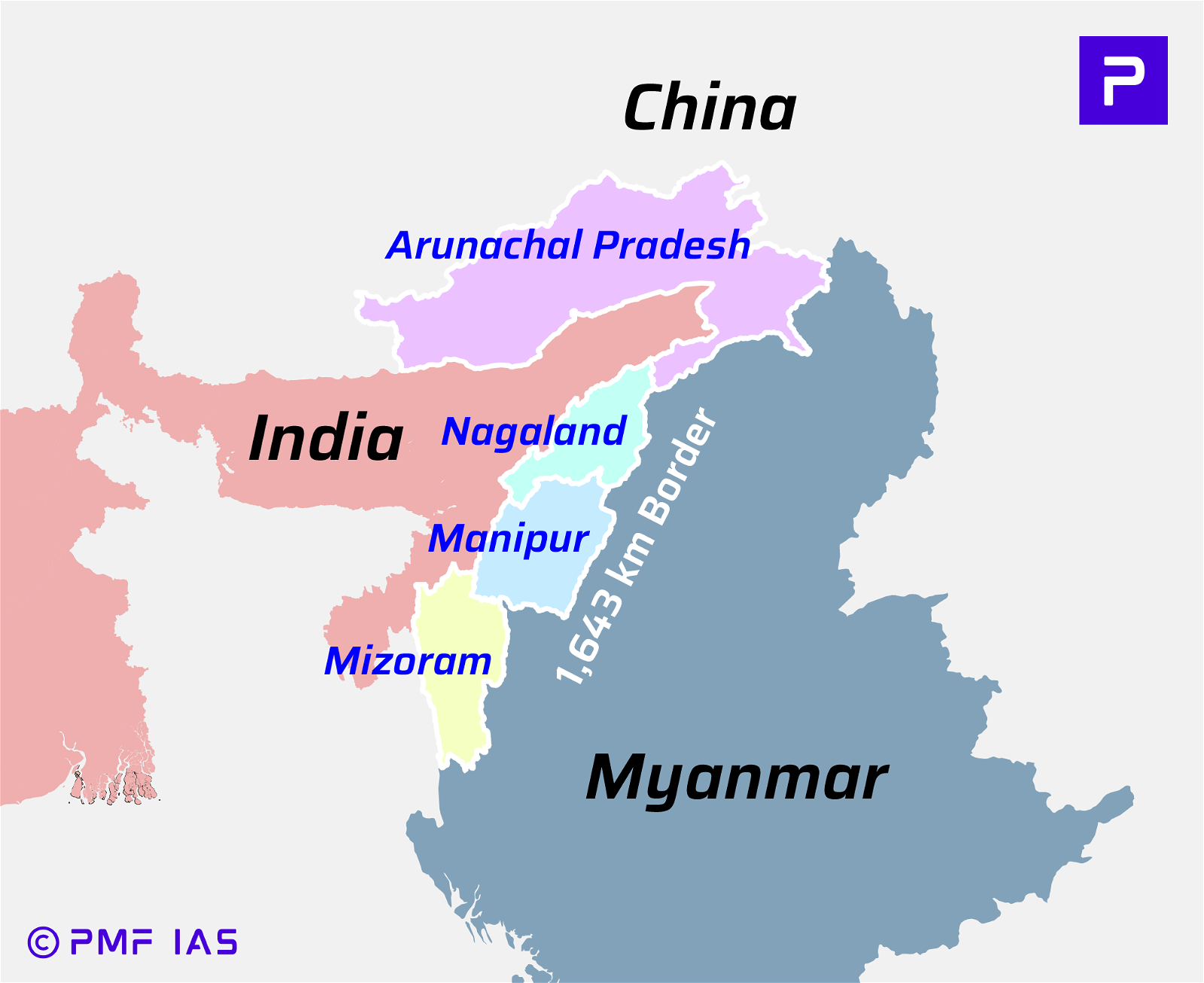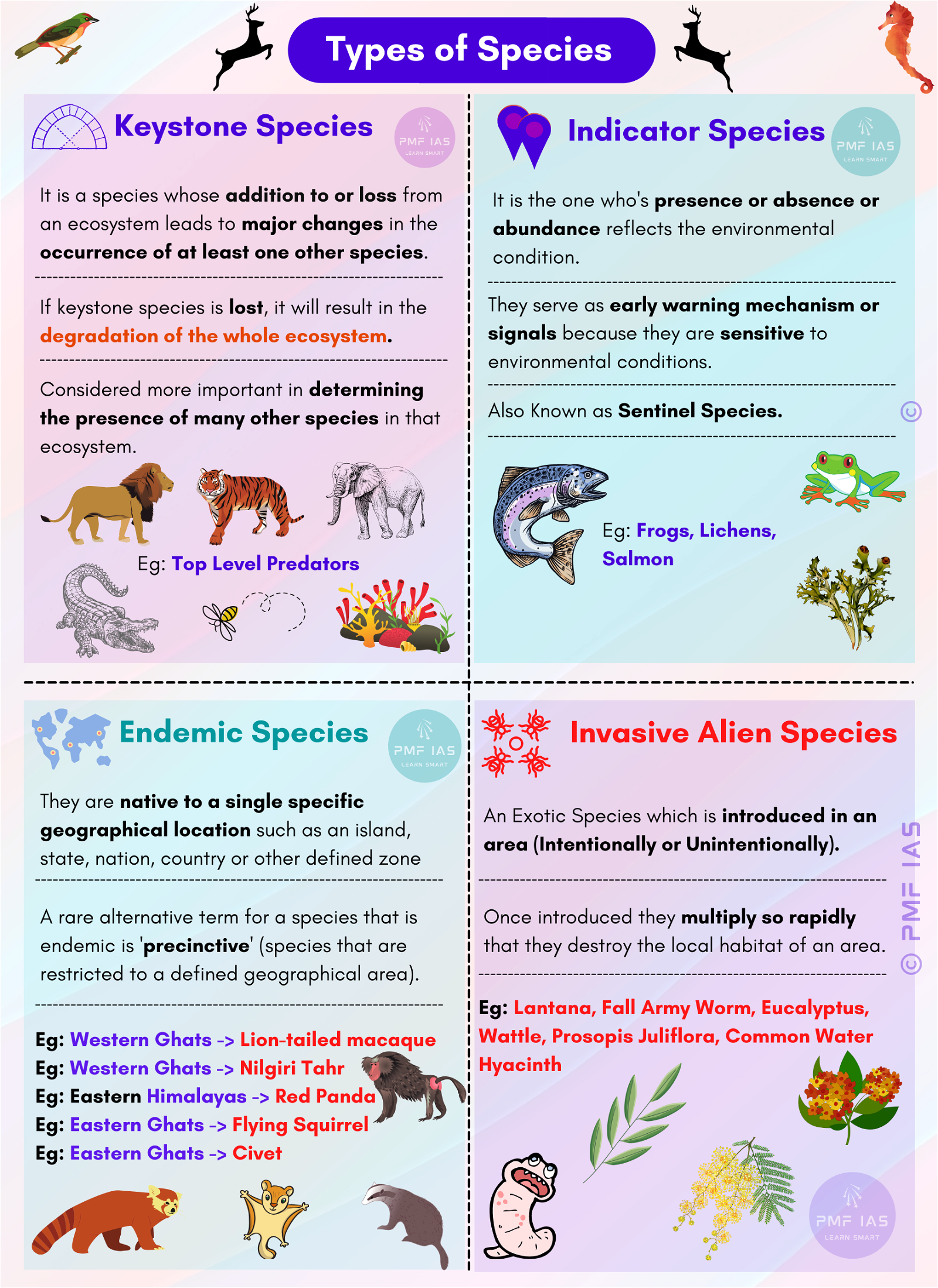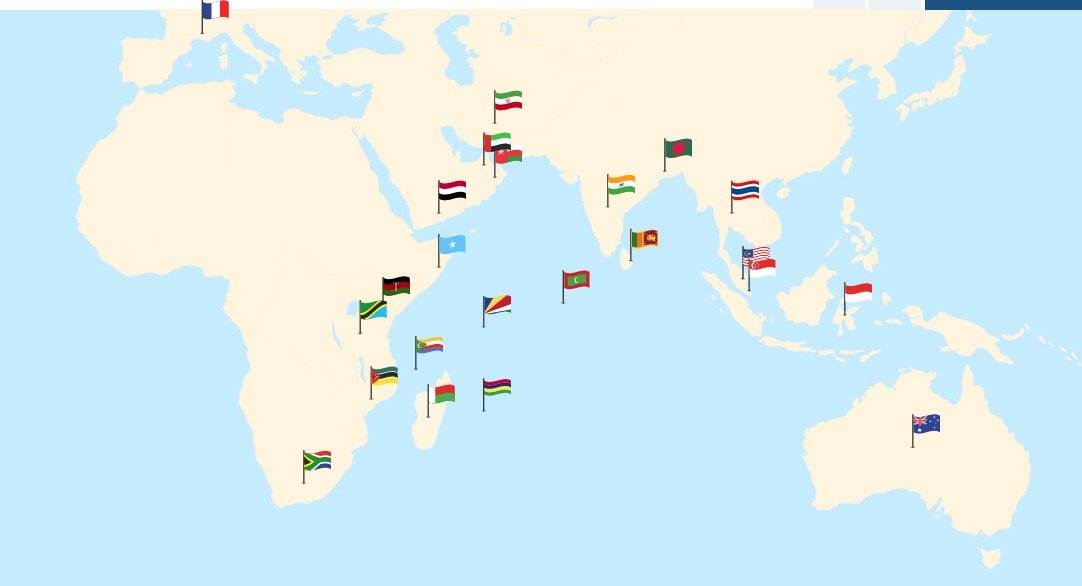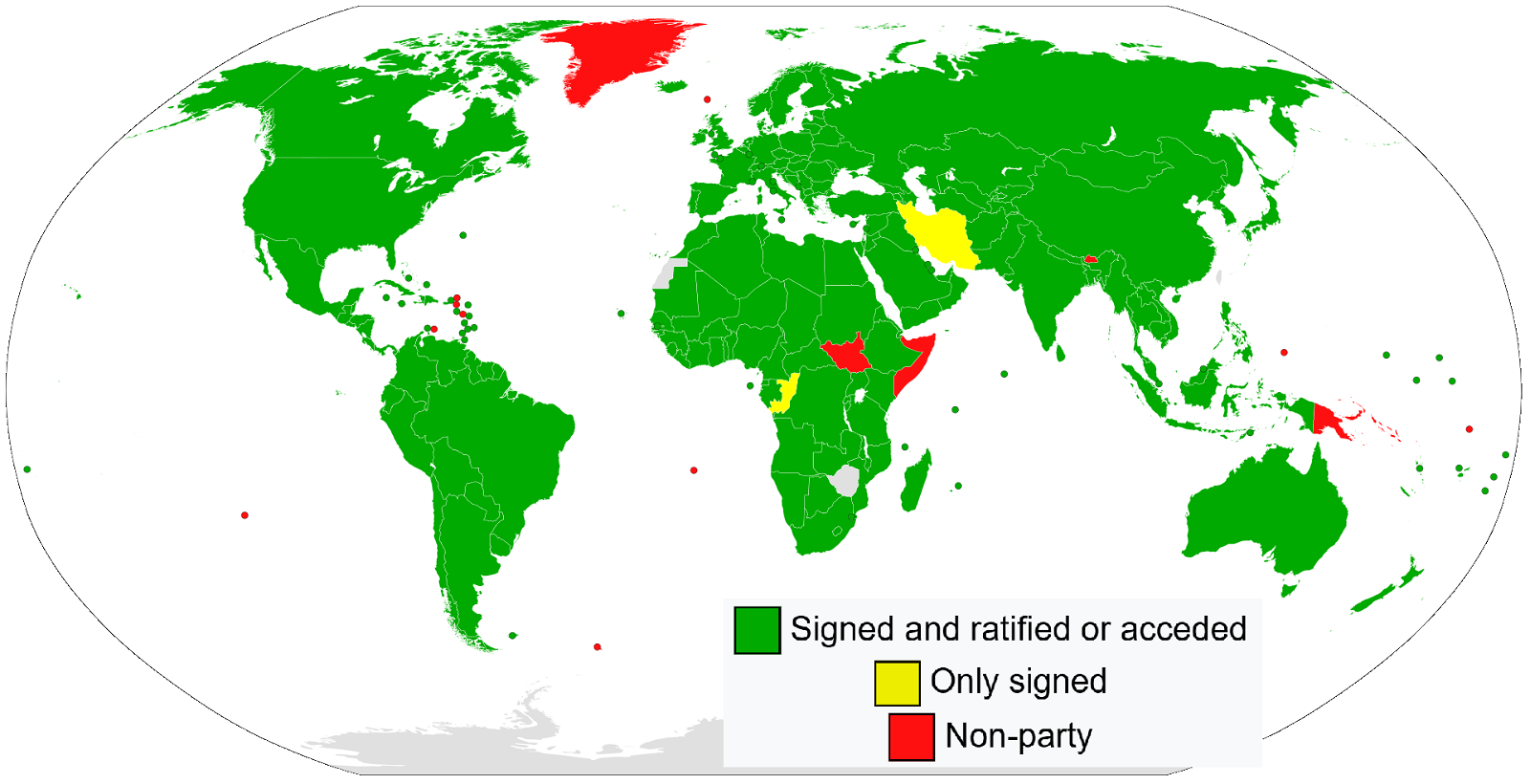
Bojjannakonda and Lingalakonda Buddhist Rock-Cut Caves
Subscribe to Never Miss an Important Update! Assured Discounts on New Products!
Must Join PMF IAS Telegram Channel & PMF IAS History Telegram Channel
- Context (TH): Bojjannakonda (Buddina Konda) and Lingalakonda are Buddhist rock-cut caves on adjacent hillocks near Sankaram, Anakapalle of ancient Kalinga in Andhra Pradesh.
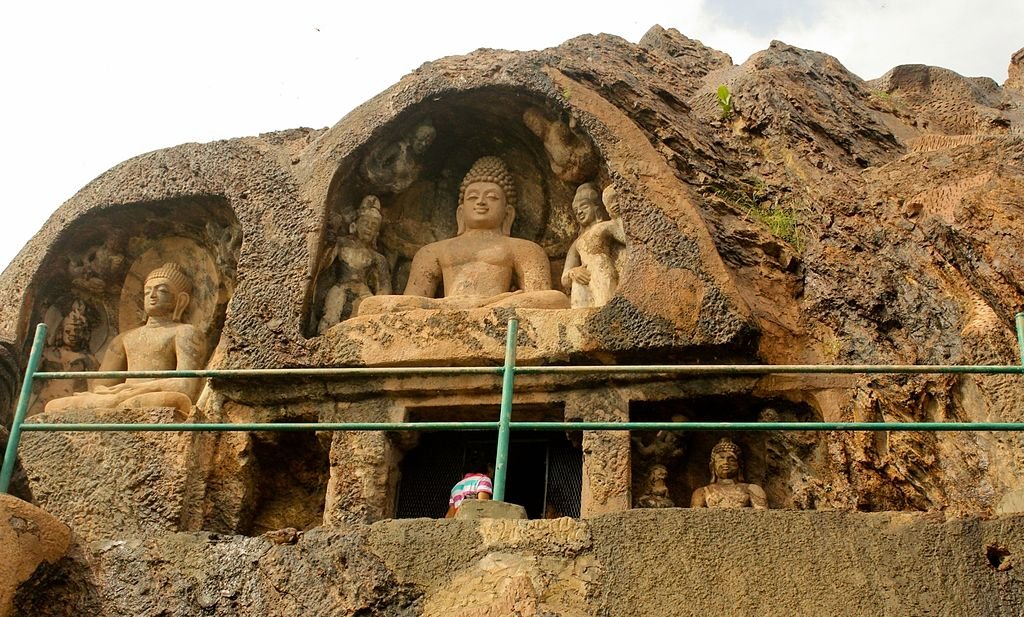

- The sites are believed to date between the 4th and 9th Century A.D., when Buddhism was the majority religion of Sankaram (Sangharam).
- The majestic figures of Buddha in a meditative pose draw visitors to Bojjannakonda.
- This site showcases all three phases of Buddhism, namely Hinayana, Mahayana, and Vajrayana.
- The site is also home to a figure of ‘Kalabhairava’, featuring the head of Lord Ganesha adorned with conch shells and a statue of a Buddhist monk, ‘Harati’.
- Artifacts discovered at the site include a gold coin from the Samudra Gupta era, copper coins of Chalukya king Kubja Vishnu Vardhan, coins from the Andhra Satavahanas period, and pottery.
- The caves at Bojjannakonda bear a resemblance to those in Takshasila.
- The word ‘Sangrama’, common in Takshasila but not in Andhra Pradesh, suggests influences from northern Indian Buddhist practices at Bojjannakonda.
- The Buddhist temple at Barabodur in Java appears to have been built following the architectural style of the structures on Lingala-metta.
Three Phases Of Buddhism
|




![PMF IAS Environment for UPSC 2022-23 [paperback] PMF IAS [Nov 30, 2021]…](https://pmfias.b-cdn.net/wp-content/uploads/2024/04/pmfiasenvironmentforupsc2022-23paperbackpmfiasnov302021.jpg)
